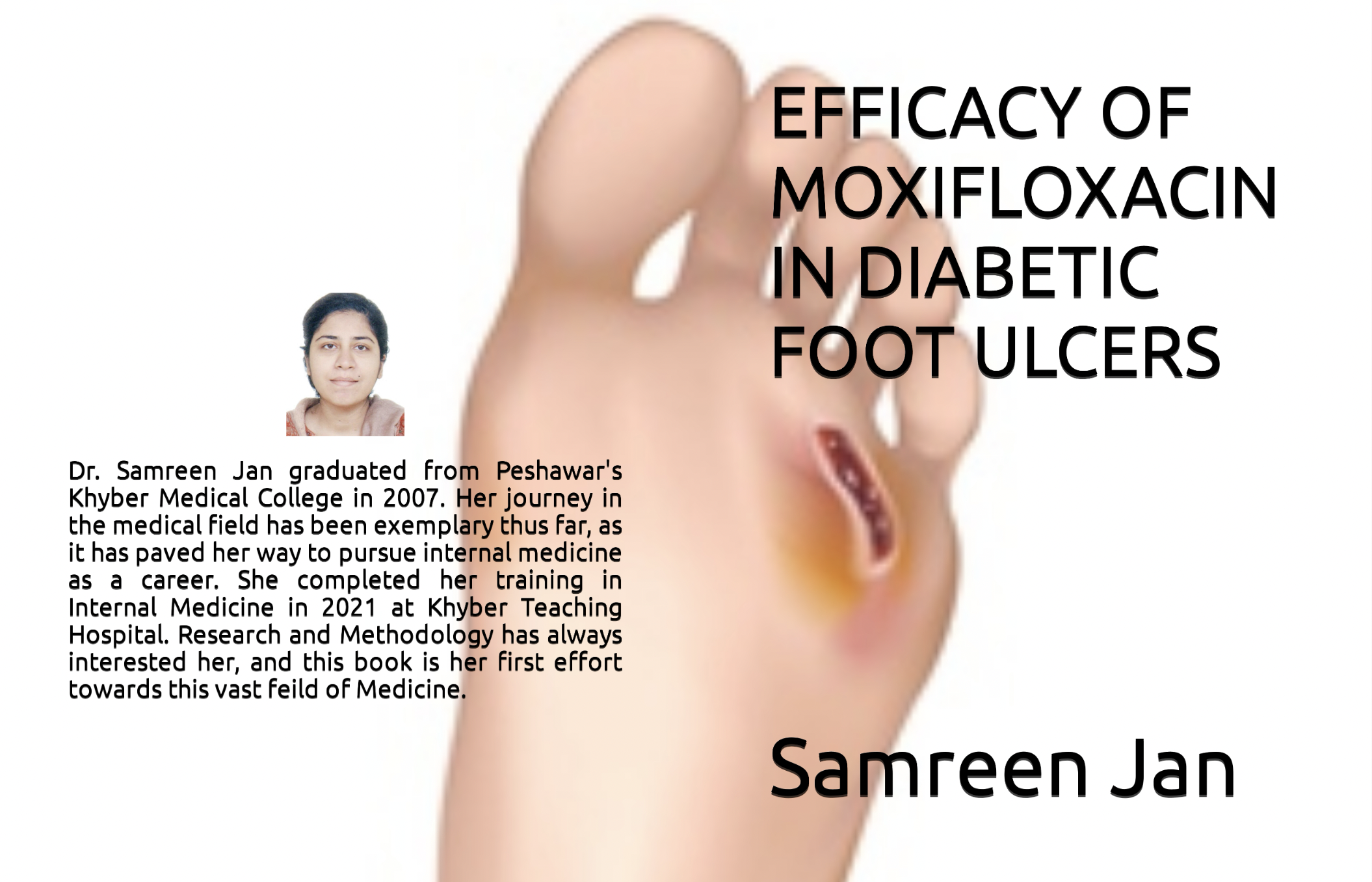EFFICACY OF MOXIFLOXACIN IN DIABETIC FOOT ULCERS
Main Article Content
Abstract
Chronic hyperglycemia is a hallmark of diabetes mellitus (DM), a metabolic condition that may be brought on by insulin deficiency or insulin resistance. In 2017, 425 million people throughout the world were diagnosed with diabetes mellitus (DM), according to the International Diabetes Federation. Inconsistent data supports the usefulness of moxifloxacin in the treatment of diabetic foot ulcers. Certain confounding variables may influence the findings derived from previous study. The purpose of this inquiry was to come up with a solution to this conundrum. The findings will be useful to practitioners due to the presence of pertinent local evidence. The goal of this study was to determine the efficacy of moxifloxacin in treating diabetic foot ulcers. A descriptive case series research was done at the Khyber Teaching Hospital in Peshawar, Pakistan, to accomplish this purpose. Throughout the event, a total of 195 patients were seen. Each patient got 400 mg of moxifloxacin intravenously for two weeks. Throughout the therapy, blood glucose levels were tested regularly and appropriately treated with insulin as necessary. One and two weeks after the wounds were first opened, they were examined for the presence of granulation tissue on the ulcers. By the conclusion of the second week of moxifloxacin treatment, the ulcer had been entirely filled by granulation tissue, and the granulation tissue culture had returned negative. After treatment, the wound was assessed in size. A proforma was used to collect demographic information about the patient, such as his or her name, age, gender, and place of residence, as well as information on the duration of the patient's diabetes. The 195 patients in the study had an average age of 54 years, with a standard deviation of 10.31 years between them. The average age of the patients was 54 years. Men made up 72% of the total, while females made up 28%. According to the statistics, diabetes had a mean duration of 12 years and a standard deviation of 6.72 years. The individuals had a mean BMI of 30 kg/m2 and a standard deviation of 10.63 kg/m2. There were 43 smokers (22%) among the patients, compared to 152 non-smokers (78%). Alcohol consumption was reported by six persons (3%) but not by 189 patients (97 percent). 84 individuals (43%) had a lesion on their right foot, whereas 111 individuals (57%) had a lesion on their left foot. There were 51 patients with a dorsal lesion, 31 patients with a plantar lesion, 43 patients with a toe lesion, 31 patients with a Malleoli lesion, and 39 patients with a heel lesion. Additionally, the findings indicated that moxifloxacin was beneficial in 162 (84%) of the patients, but was unsuccessful in 31 (16%) of the patients. Additionally, it has been established that the antibiotic moxifloxacin is 84% efficient in the treatment of diabetic foot ulcers.
Article Details

This work is licensed under a Creative Commons Attribution 4.0 International License.

